The proprioceptive senses 'seat of the pants sense' ? [ Exam pilot ]
Question 105-1 : May give incorrect information when outside visual reference is lost is a natural human instinct always indicating the correct attitude can be used if trained to avoid spatial disorientation in imc can neither be used for motor coordination in imc and vmc
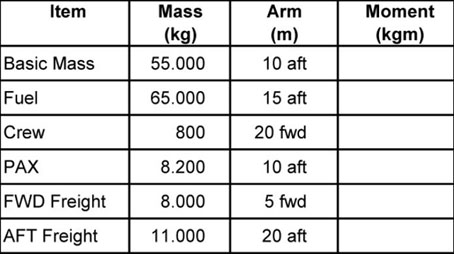 May give incorrect information, when outside visual reference is lost.
May give incorrect information, when outside visual reference is lost. When assessing an individual's risk of developing coronary artery disease the ?
Question 105-2 : 1 2 3 and 4 are correct 2 and 3 are correct 1 and 4 are false only 3 is correct 1 2 and 4 are false 1 2 and 3 are correct 4 is false
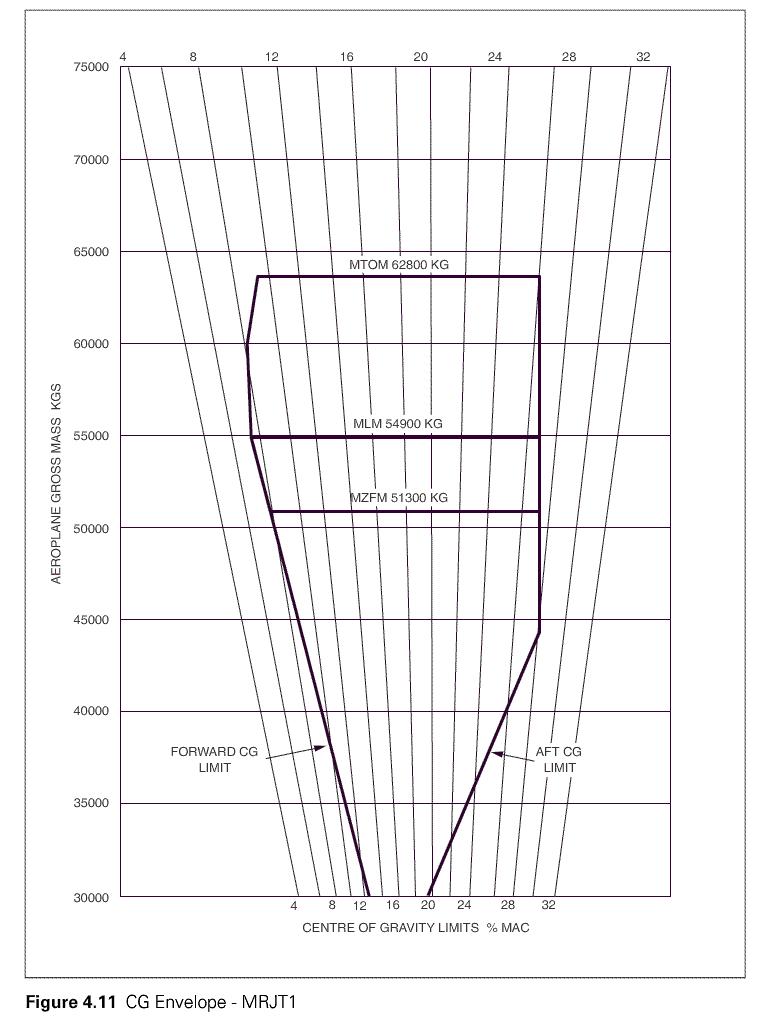 1, 2, 3 and 4 are correct.
1, 2, 3 and 4 are correct. The metabolisation of alcohol ?
Question 105-3 : Is a question of time is accelerated by consuming alcohol with a meal can be accelerated even more by coffee can be influenced by easily obtained medication
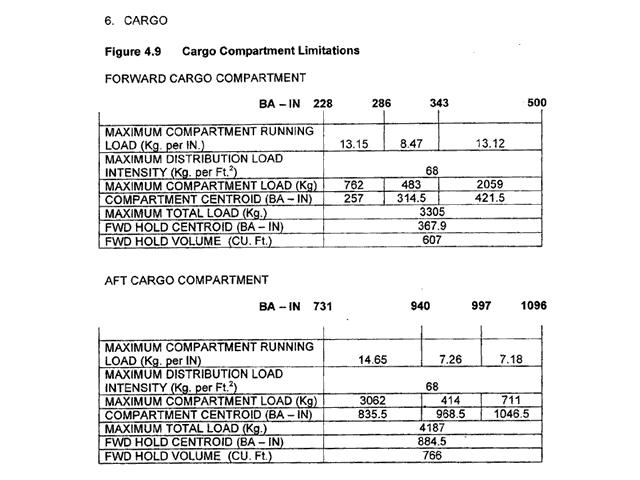 Is a question of time.
Is a question of time. What does not impair the function of the photosensitive cells ?
Question 105-4 : High speed oxygen deficiency acceleration toxic influence alcohol nicotine medication
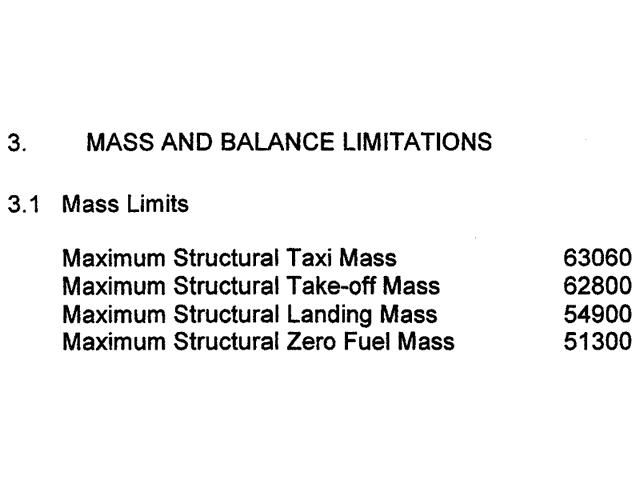 High speed.
High speed. The fovea is ?
Question 105-5 : The area of best day vision and no night vision at all the area of the blind spot optic disc where the optic nerves come together with the pupil the area of best day vision and best night vision
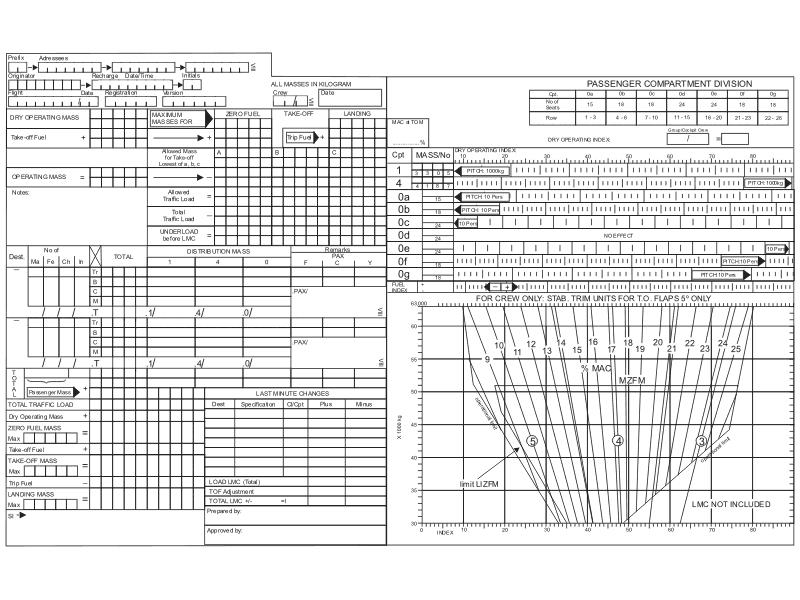 The area of best day vision and no night vision at all.
The area of best day vision and no night vision at all. In order to completely resynchronise with local time after zone crossing ?
Question 105-6 : Less time when flying from east to west more time when flying from east to west about one day per 2 5 hours of time shift about one week per 2 5 hours of time shift
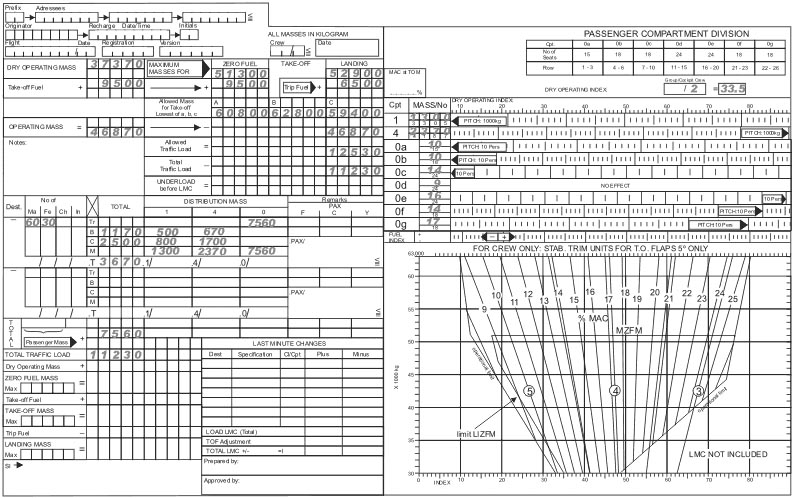 Less time when flying from east to west.
Less time when flying from east to west. The retina of the eye ?
Question 105-7 : Is the light sensitive inner lining of the eye containing the photoreceptors essential for vision filters the uv light is the muscle changing the size of the crystalline lens only regulates the light that falls into the eye
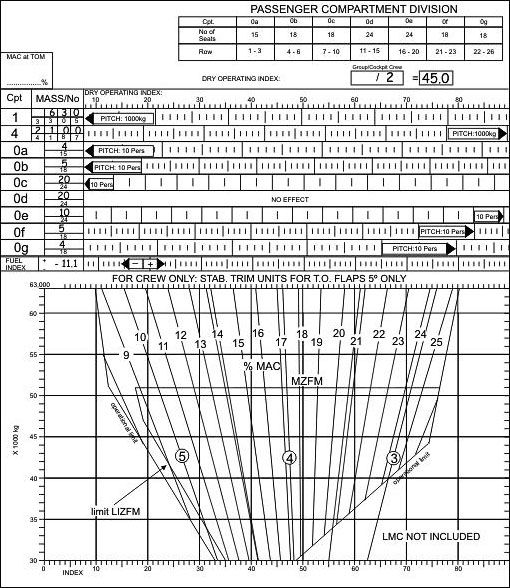 Is the light-sensitive inner lining of the eye containing the photoreceptors essential for vision.
Is the light-sensitive inner lining of the eye containing the photoreceptors essential for vision. Which force s affect s the otoliths in the utriculus and sacculus ?
Question 105-8 : Gravity and linear acceleration gravity alone linear acceleration and angular acceleration angular acceleration
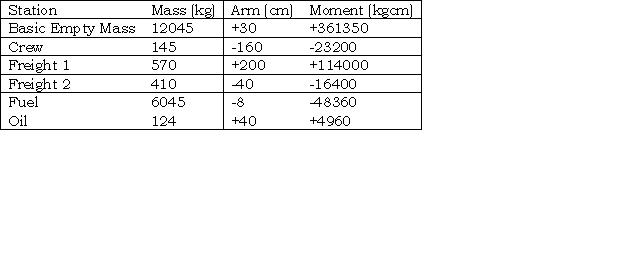 Gravity and linear acceleration.
Gravity and linear acceleration. Flying a coordinated level turn will ?
Question 105-9 : Make the body's pressure receptors feel an increased pressure along the body's vertical axis first give the impression of climb then the impression of descent make the blood being pooled in the head make the seat of the pants sense feel a decreased pressure along the body's vertical axis
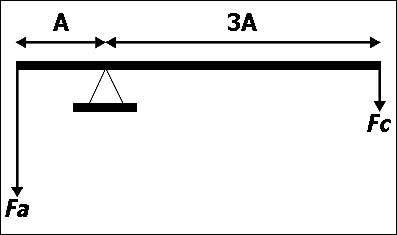 Make the body's pressure receptors feel an increased pressure along the body's vertical axis.
Make the body's pressure receptors feel an increased pressure along the body's vertical axis. Which sensations does a pilot get when he is rolling out of a prolonged level ?
Question 105-10 : Turning in the opposite direction flying straight and level climbing turning into the original direction
How can a pilot overcome vertigo encountered during a real or simulated ?
Question 105-11 : 1 2 and 3 are correct 1 2 3 and 4 are correct only 4 is correct 1and 2 are correct 3 and 4 are false
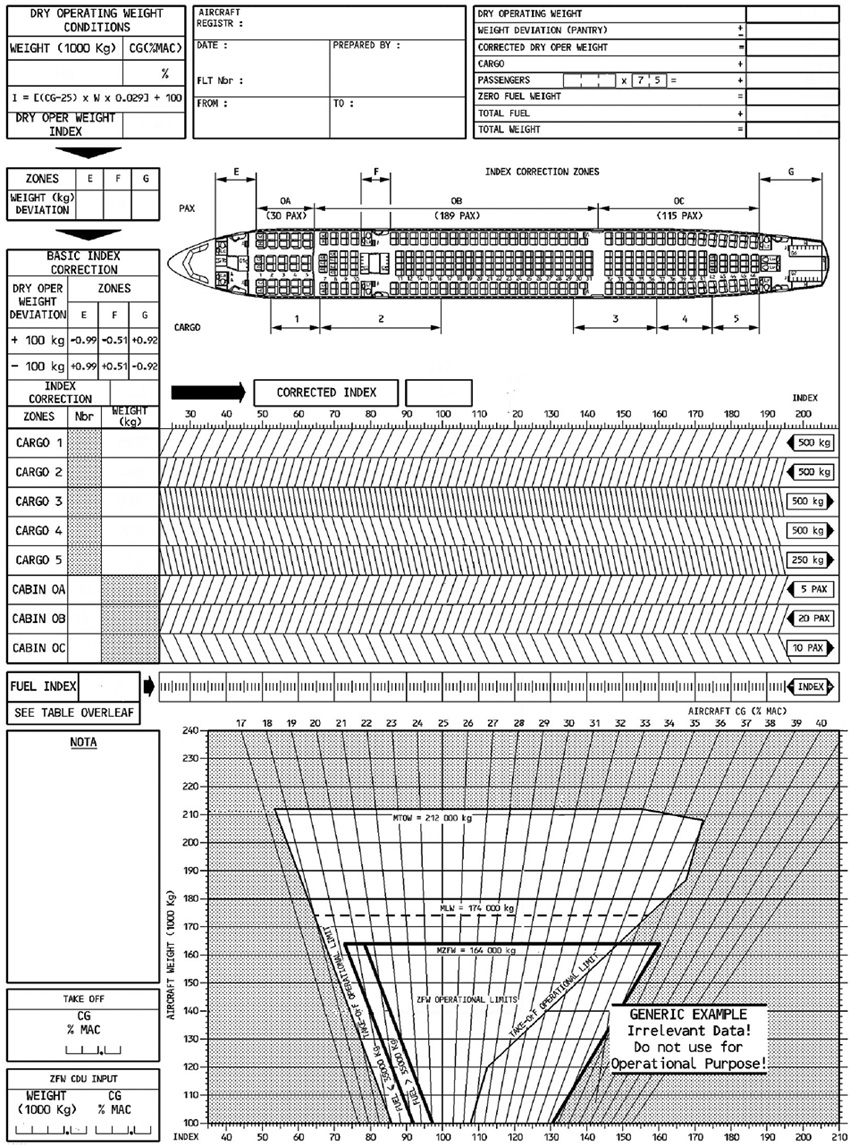 1, 2 and 3 are correct.
1, 2 and 3 are correct. A large number of medical preparations can be bought without a doctor's ?
Question 105-12 : A pilot using any of these preparations should get professional advice from an aviation medical specialist if he intends to fly and self medicate at the same time they have no side effects which would give problems to a pilot during flight the side effects of these types of preparations are sufficiently negligible as to be ignored by pilots they will cause a condition of over arousal
The total pressure of a mixture of gases is equal to the sum of the partial ?
Question 105-13 : Dalton's law graham's law henry's law boyle mariotte's law
 Dalton's law.
Dalton's law. Carbon monoxide is always present in the exhaust gases of engines if a pilot is ?
Question 105-14 : A short exposure to relatively high concentrations of carbon monoxide can seriously affect a pilot's ability to operate an aircraft carbon monoxide is easily recognised by odour and taste carbon monoxide can only affect pilots if they are exposed to it for a long period of time when exposed to carbon monoxide for a long period of time the body will adapt to it and no adverse physical effects are experienced
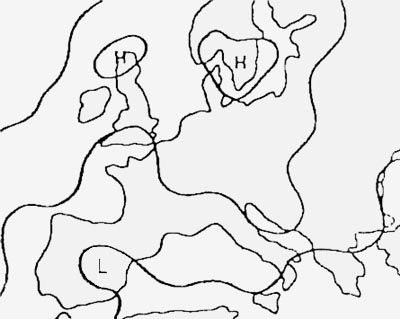 A short exposure to relatively high concentrations of carbon monoxide can seriously affect a pilot's ability to operate an aircraft.
A short exposure to relatively high concentrations of carbon monoxide can seriously affect a pilot's ability to operate an aircraft. When stopping the rotation of a spin we have the sensation ?
Question 105-15 : That we are starting a spin in the opposite direction of turning in the same direction of the sharp dipping of the nose of the aircraft of the immediate stabilization of the aircraft
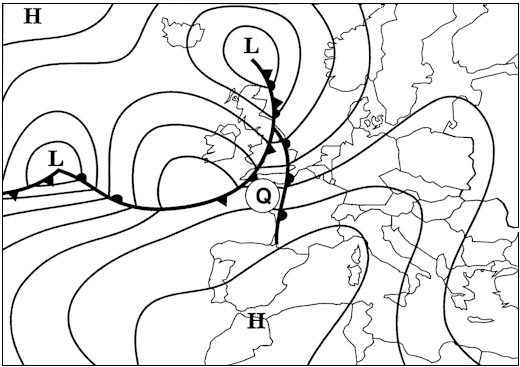 That we are starting a spin in the opposite direction.
That we are starting a spin in the opposite direction. The human ear is capable of perceiving vibrations between the frequencies ?
Question 105-16 : 20 20000 hz 0 16 hz 20000 40000 hz 30 15000 db
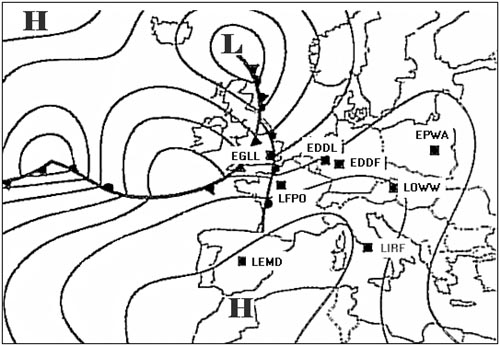 20 - 20000 hz.
20 - 20000 hz. The intensity of a sound is measured in ?
Question 105-17 : Decibels hertz cycles per second curies
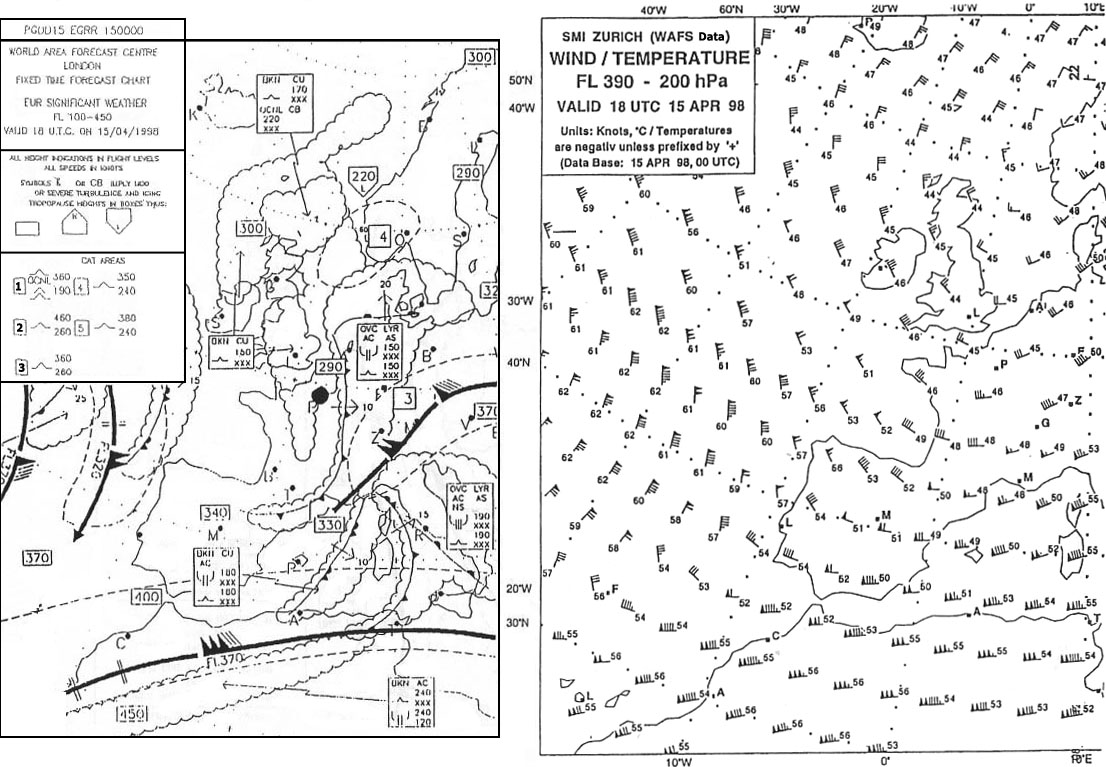 Decibels.
Decibels. The ozone layer is situated in the ?
Question 105-18 : Stratosphere troposphere thermosphere ionosphere
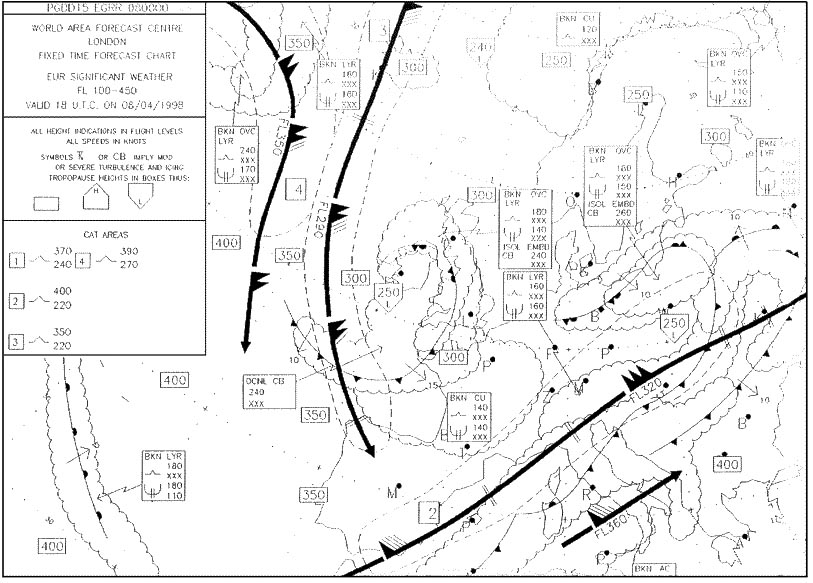 Stratosphere.
Stratosphere. The barometric pressure has dropped to 1/2 of the pressure at sea level at ?
Question 105-19 : 18 000 feet 10 000 feet 25 000 feet 30 000 feet
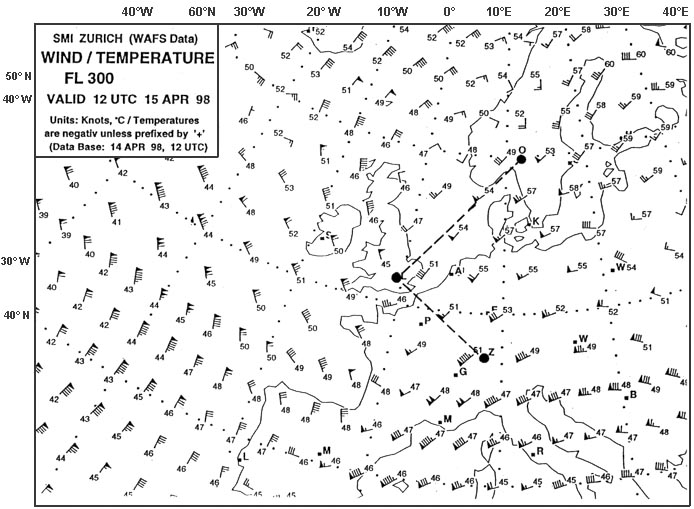 18 000 feet.
18 000 feet. Which of the following laws explains bubbles of nitrogen coming out of solution ?
Question 105-20 : Henry's law gay lussac's law boyle's law dalton's law
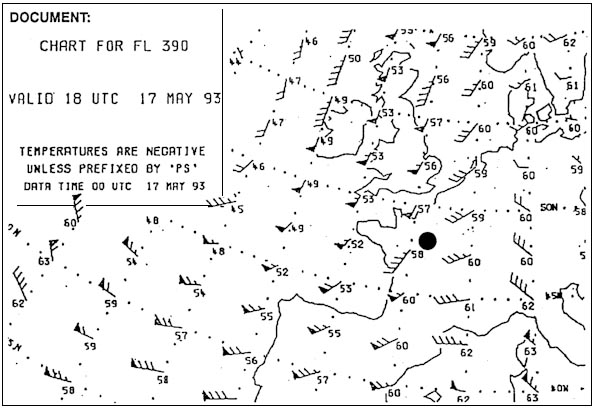 Henry's law.
Henry's law. The main function of the red blood cells is ?
Question 105-21 : To transport oxygen to participate in the process of coagulation of the blood the cellular defence of the body to contribute to the immune response of the body
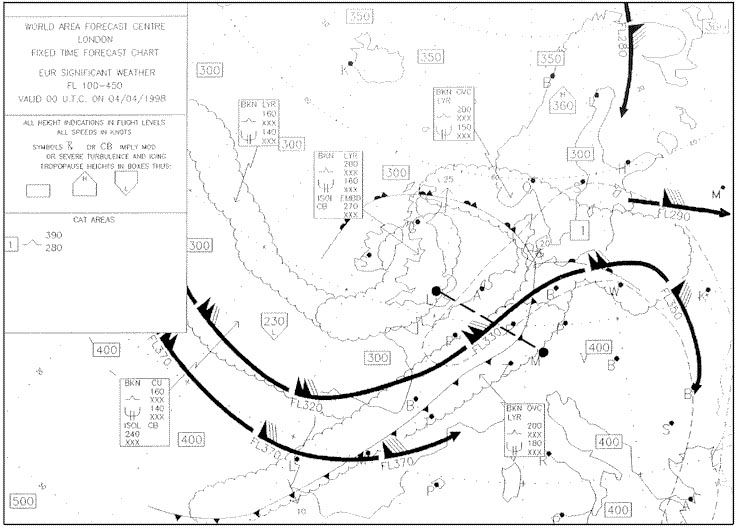 To transport oxygen.
To transport oxygen. Altitude hypoxia when breathing ambient air should not usually occur ?
Question 105-22 : Below 3000 m up to 5000 m between 3000 m and 5000 m between 5000 m and 7000 m
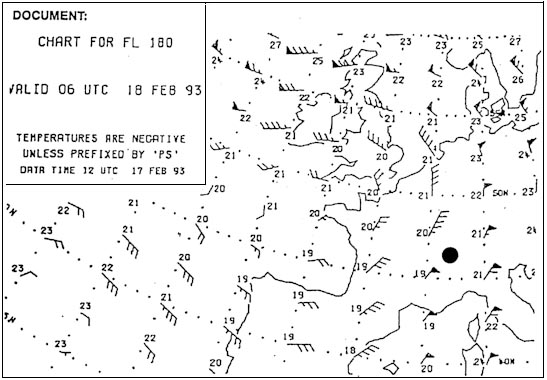 Below 3000 m.
Below 3000 m. 'the bends' as a symptom of decompression sickness consists of ?
Question 105-23 : Pain in the joints pain in the thorax and a cough cns disturbances loss of peripheral vision
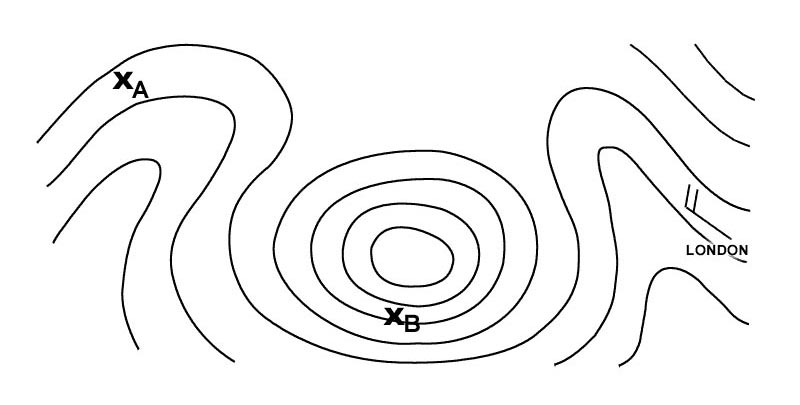 Pain in the joints.
Pain in the joints. The type of hypoxia which occurs at altitude is a explained by ?
Question 105-24 : Dalton's law boyle mariotte's law henry's law graham's law
 Dalton's law.
Dalton's law. Carbon monoxide a product of incomplete combustion is toxic because ?
Question 105-25 : It competes with oxygen in its union with haemoglobin it prevents the absorption of food from the digestive tract it prevents the excretion of catabolites in the kidneys it disturbs gaseous diffusion at the alveoli capillary membrane
 It competes with oxygen in its union with haemoglobin.
It competes with oxygen in its union with haemoglobin. Hyperventilation causes ?
Question 105-26 : A reduction of carbon dioxide in the blood an excess of carbon dioxide in the blood acidosis hypochondria
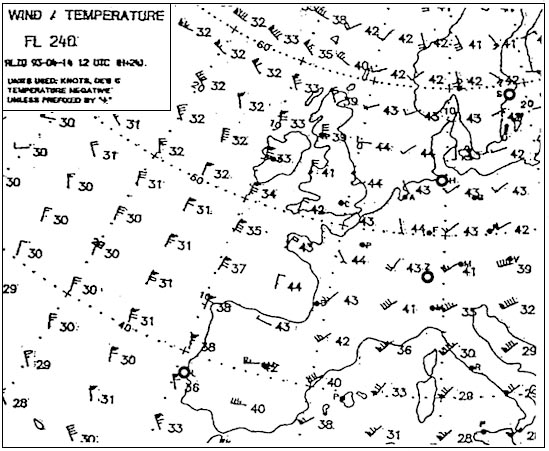 A reduction of carbon dioxide in the blood.
A reduction of carbon dioxide in the blood. Anxiety and fear can cause ?
Question 105-27 : Hyperventilation hypoxia spatial disorientation hypoglycaemia
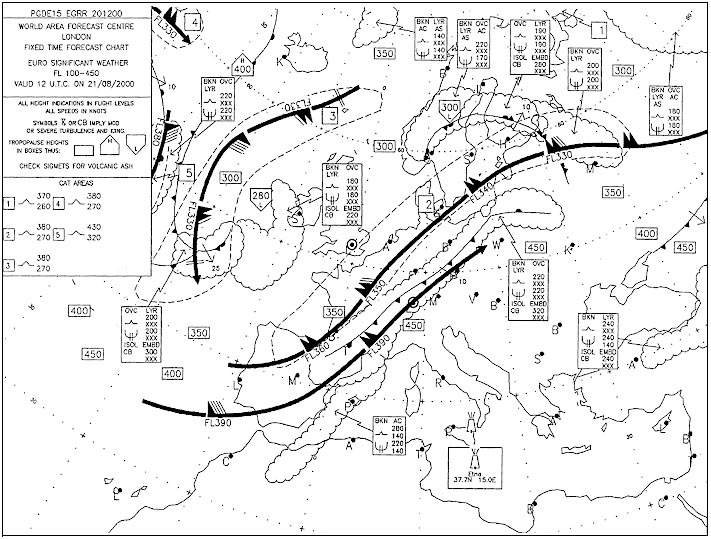 Hyperventilation.
Hyperventilation. One of the first effects to be noticed on gradual exposure to high positive ?
Question 105-28 : Grey out loss of consciousness black out red vision
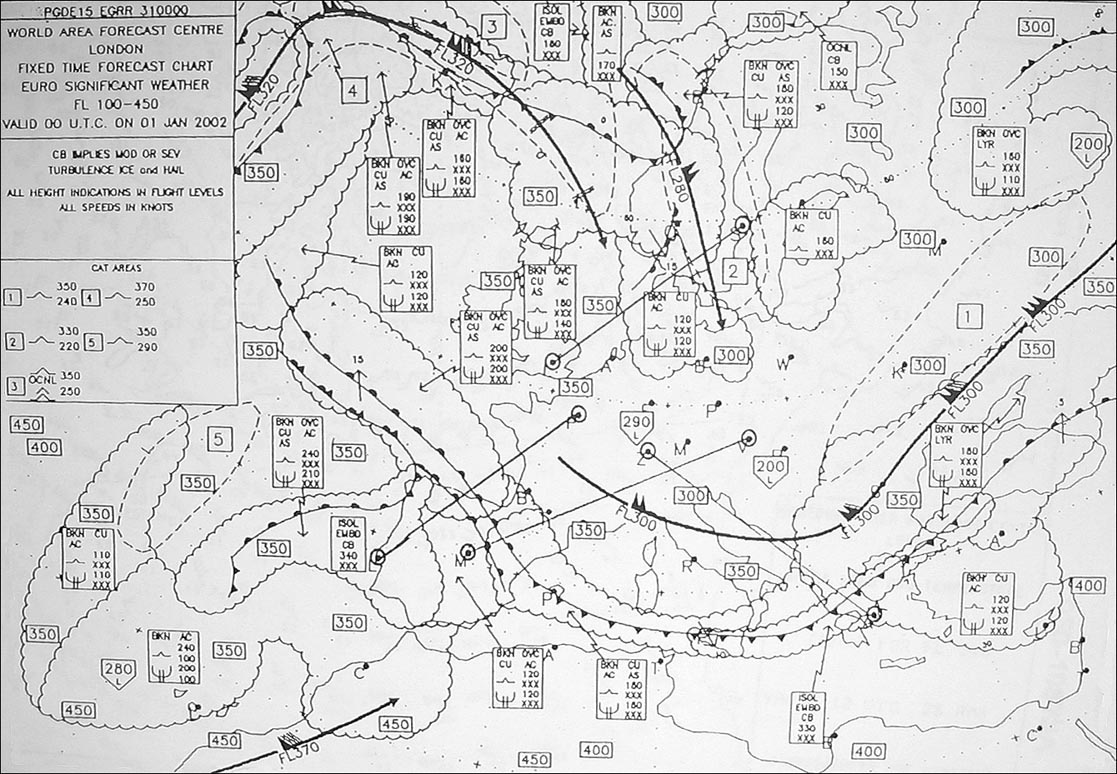 Grey-out.
Grey-out. The first stage in the information process is ?
Question 105-29 : Sensory stimulation perception selective attention the recognition of information
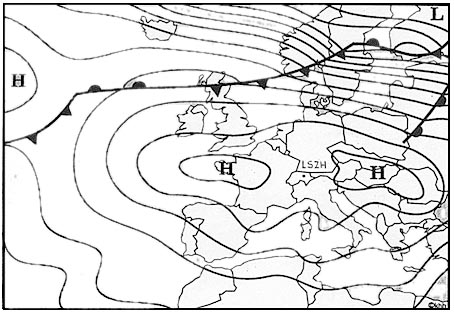 Sensory stimulation.
Sensory stimulation. To prevent vertigo in flight we should ?
Question 105-30 : Not move the head suddenly while we are turning look towards the sides when we make a turn breath deeply but control the respiratory frequency keep breathing normally
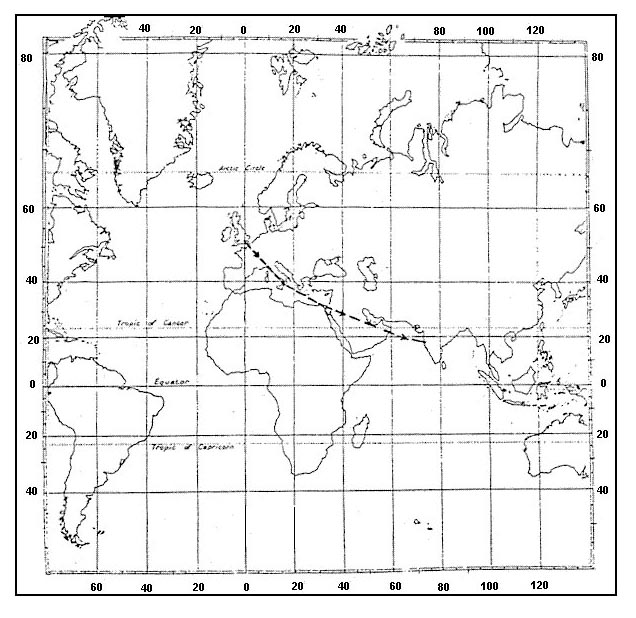 Not move the head suddenly while we are turning.
Not move the head suddenly while we are turning. When flying at night the first sense to be affected by a slight degree of ?
Question 105-31 : Vision cochlea sense of balance proprioceptive sensitivity
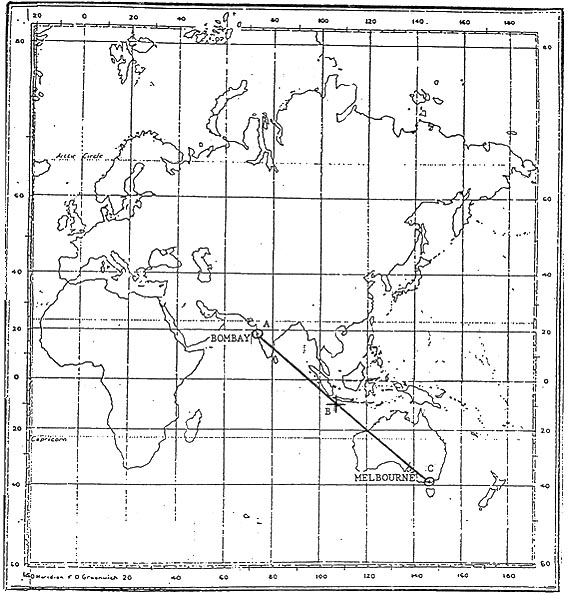 Vision.
Vision. The carcinogen a substance with the ability to produce modifications in cells ?
Question 105-32 : Tar nicotine carbon monoxide lead
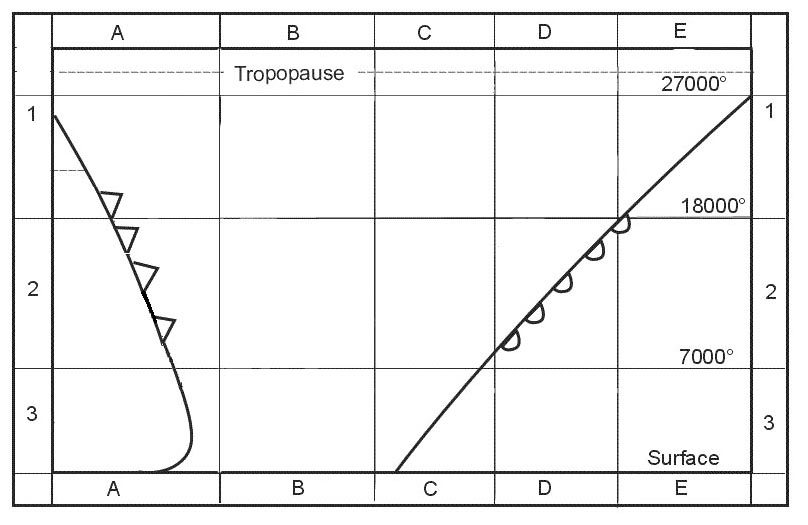 Tar.
Tar. One of the substances present in the smoke of cigarettes can make it ?
Question 105-33 : Carbon monoxide carbonic anhydride tar carbon dioxide
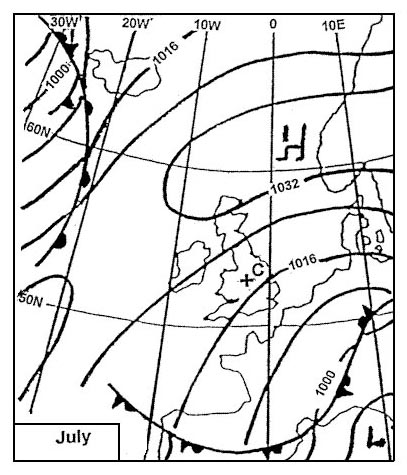 Carbon monoxide.
Carbon monoxide. The group of tiny bones the hammer anvil and stirrup are situated in ?
Question 105-34 : The middle ear the inner ear the outer ear the maxillary sinus
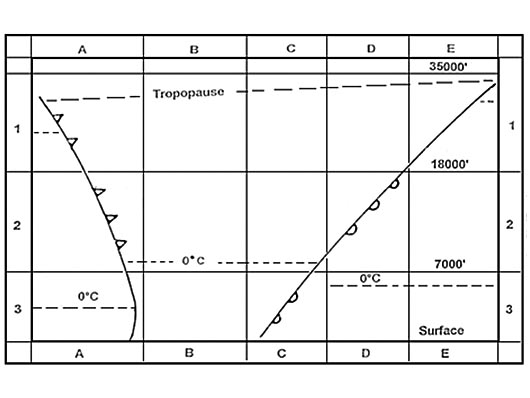 The middle ear.
The middle ear. The semicircular canals form part of the ?
Question 105-35 : Inner ear middle ear ear drum external ear
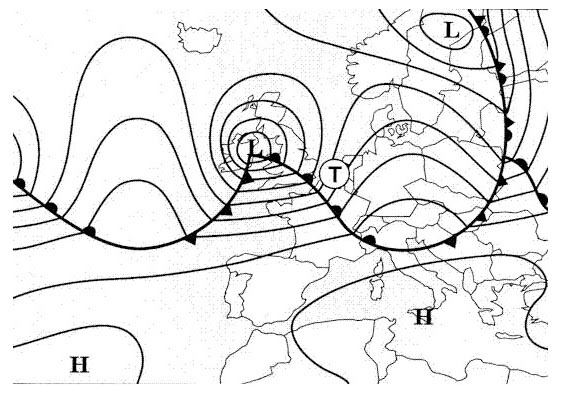 Inner ear.
Inner ear. The coriolis effect in spatial disorientation occurs as a result of ?
Question 105-36 : Simultaneous stimulation of several semicircular canals stimulation of the saccule and the utricle otoliths of the inner ear on stimulating the cochlea intensely absence of semicircular canal stimulation
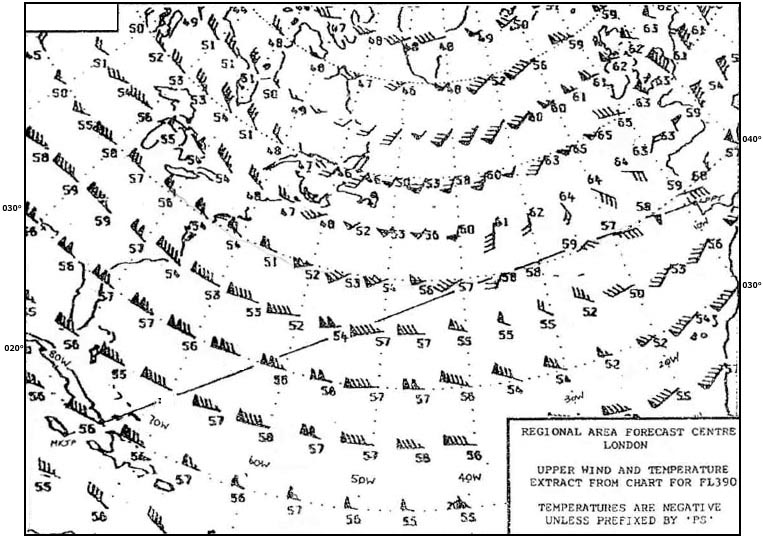 Simultaneous stimulation of several semicircular canals.
Simultaneous stimulation of several semicircular canals. The part s of the eye responsible for night vision ?
Question 105-37 : Are the rods are the cones are rods and cones is the cornea
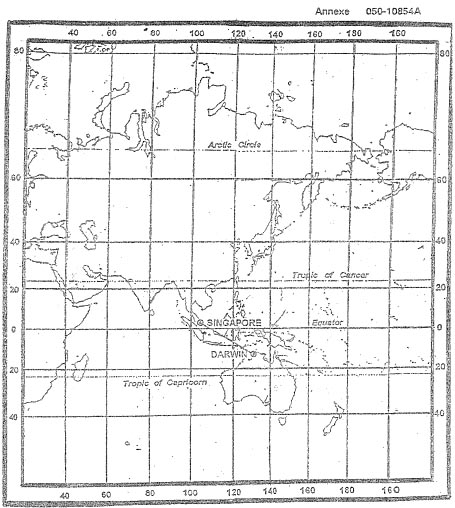 Are the rods.
Are the rods. The fovea ?
Question 105-38 : Is an area in which cones predominate is sensitive to very low intensities of light is an area in which rods predominate is the area responsible for night vision
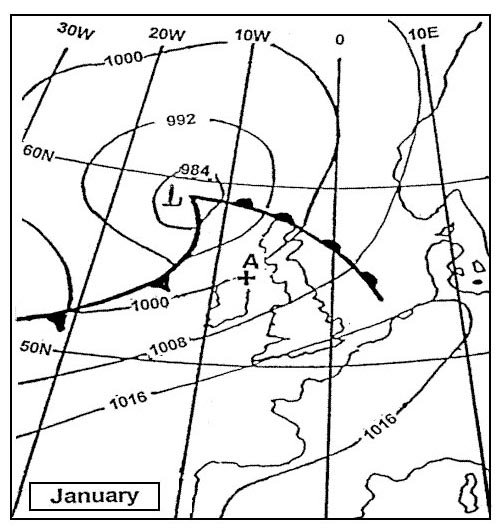 Is an area in which cones predominate.
Is an area in which cones predominate. When the optical image forms in front of the retina this results in ?
Question 105-39 : Myopia hypermetropia presbyopia astigmatism
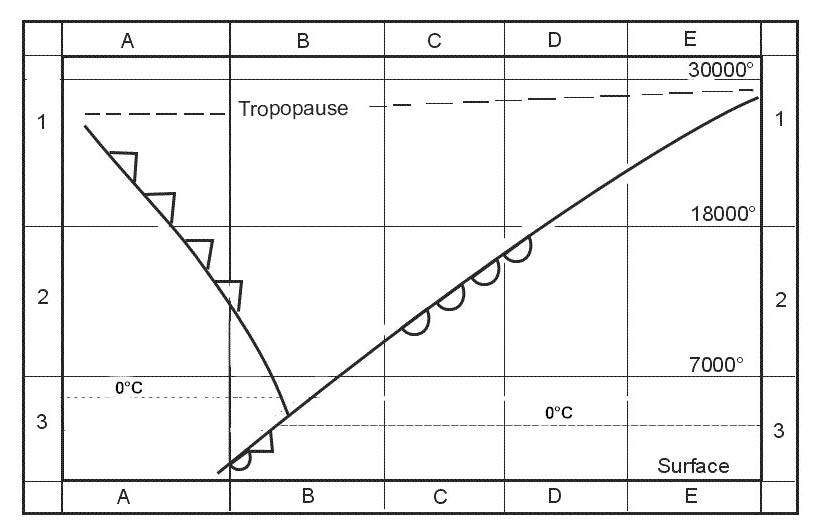 Myopia.
Myopia. Noise induced hearing loss is influenced by ?
Question 105-40 : The duration and intensity of a noise the duration of a noise but not its intensity the suddenness of onset of a noise the intensity of the noise but not its duration
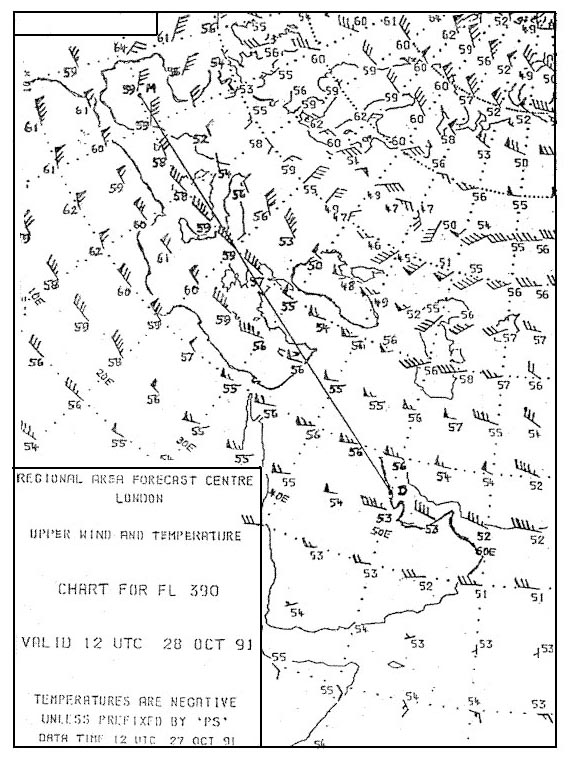 The duration and intensity of a noise.
The duration and intensity of a noise. ~
Exclusive rights reserved. Reproduction prohibited under penalty of prosecution.
4159 Free Training Exam
